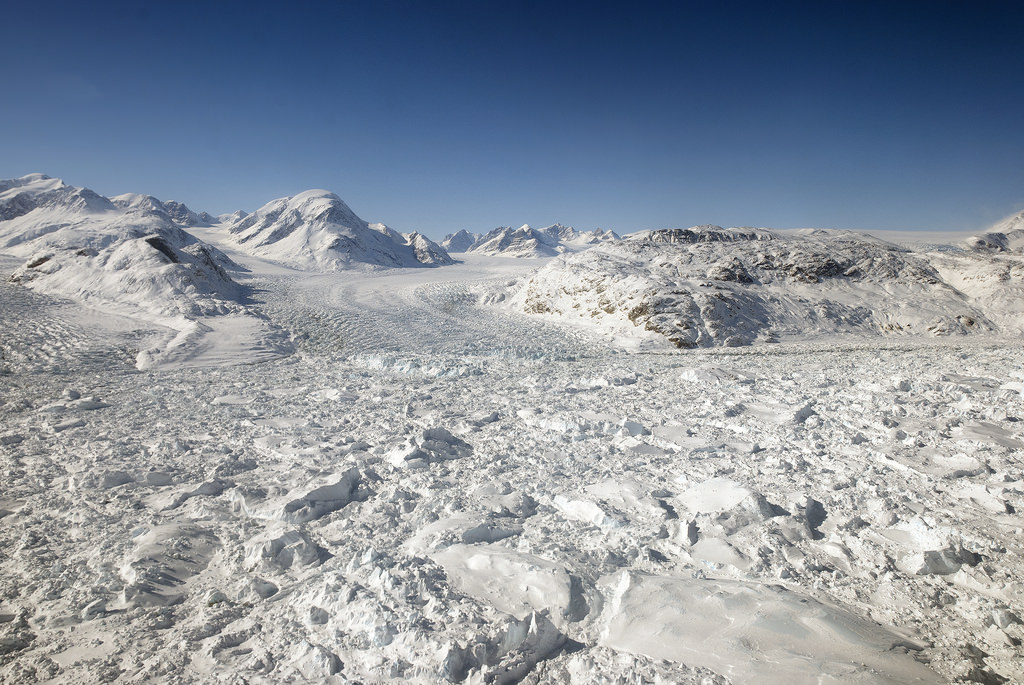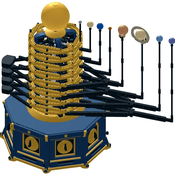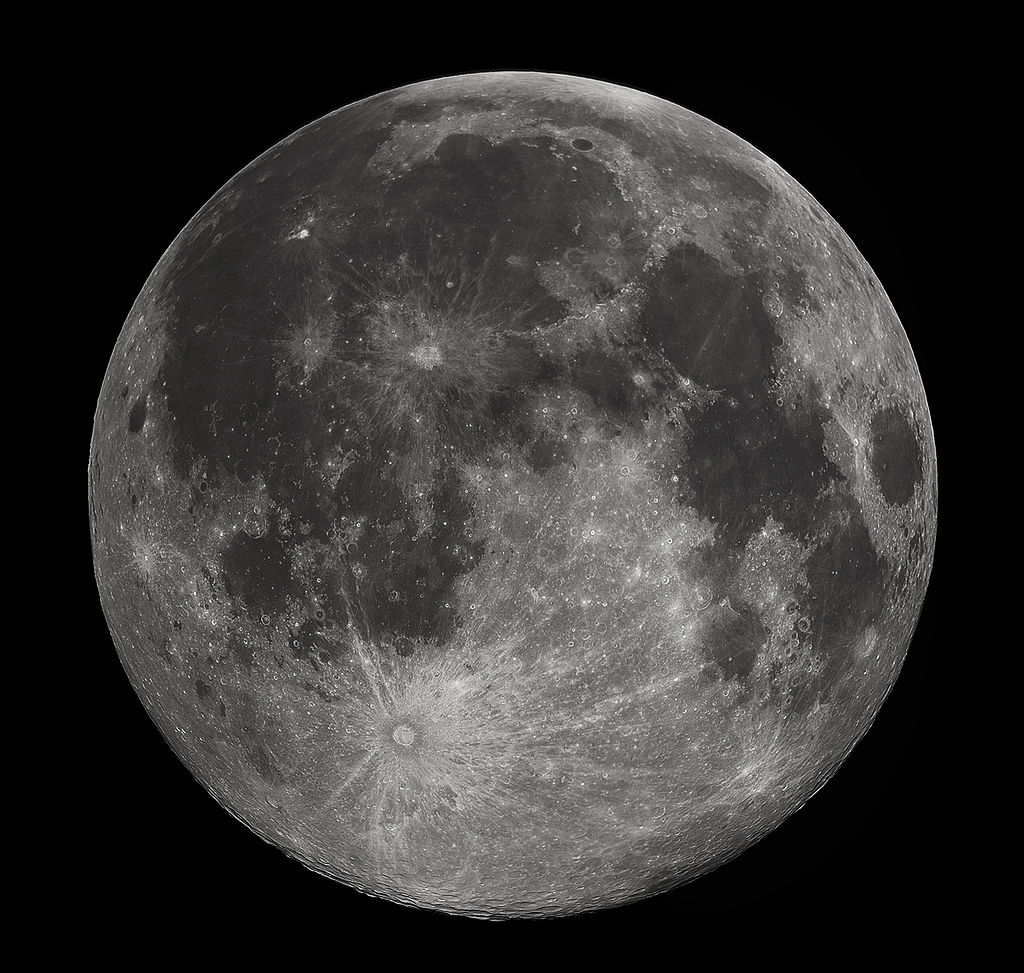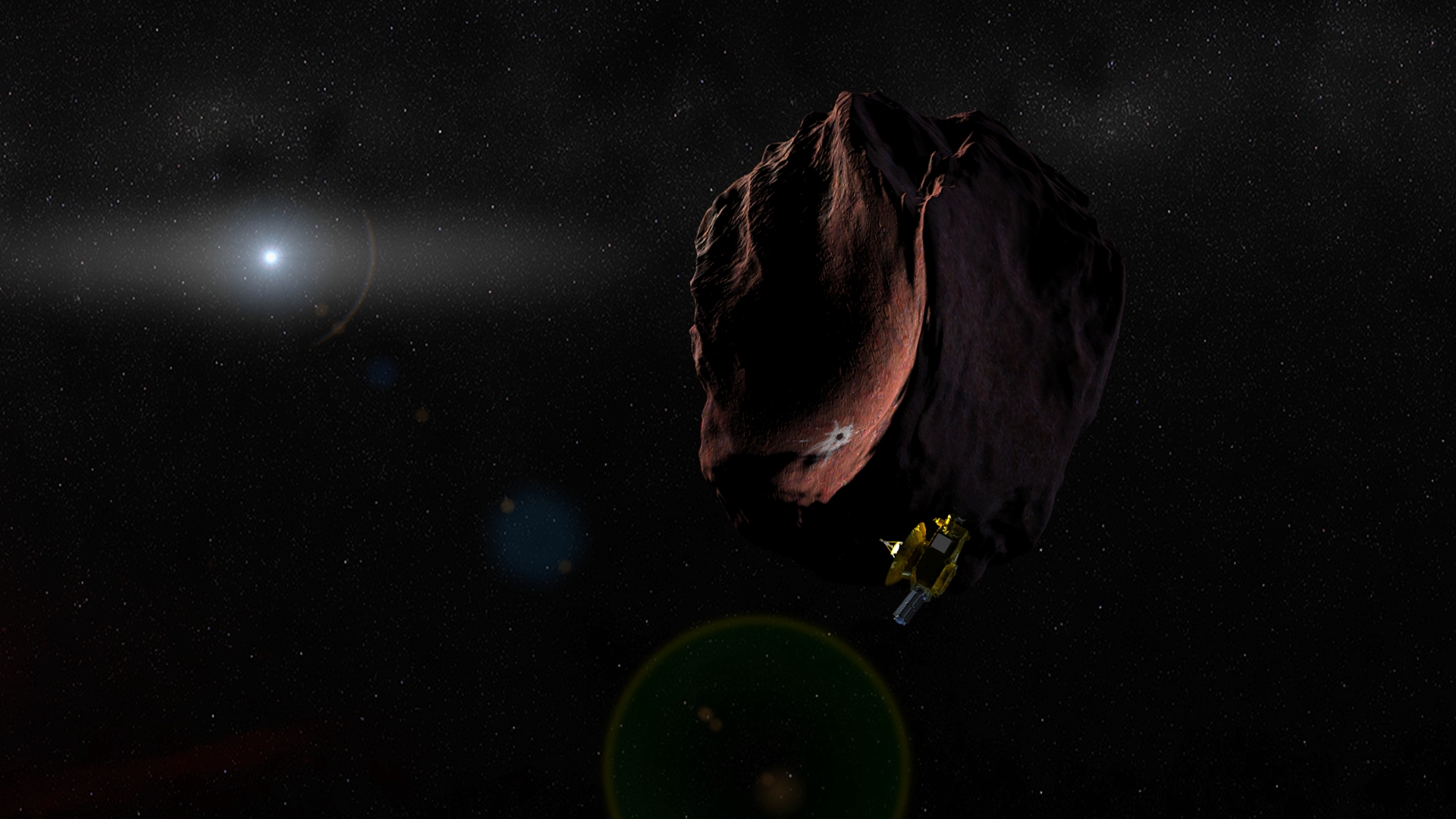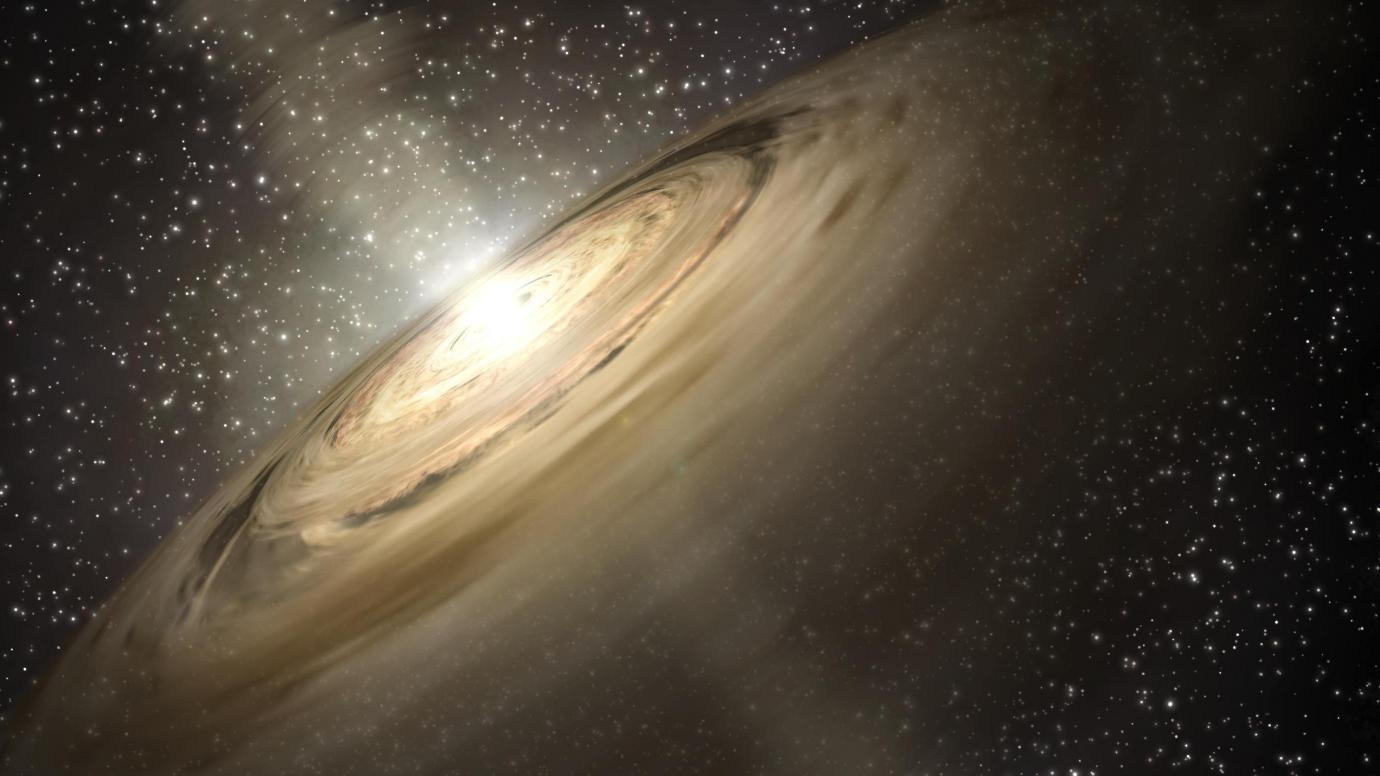Many regions on Earth are temperate, nutrient-rich, stable environments where life seems to thrive effortlessly. But not all of Earth. Some parts, like Greenland’s ice sheet, are inhospitable.
In our nascent search for life elsewhere in the Solar System, it stands to reason that we’ll be looking at worlds that are marginal and inhospitable. Icy worlds like Jupiter’s moon Europa and Saturn’s moon Enceladus are our most likely targets. These frozen worlds have warm oceans under layers of ice.
What can Greenland’s cryo-ecosystems tell us about searching for life on icy bodies like Europa and Enceladus?
Continue reading “Greenland’s Ice Sheet is Similar in Many Ways to the Solar System’s Icy Worlds and Can Teach Us How to Search for Life”
